The Omaha Police Department is releasing information late today regarding the Friday shooting of a police officer by Kenya Jenkins, a 21-year-old black male.
The stupidity of this incident that could have easily taken the officer’s life cannot be overemphasized.
Jenkins was detained by store security at a JC Penny Department store on suspicion of having put a package of white tee-shirts in his backpack. A single Omaha Police Officer responded to the call.
When Jenkins was asked by the officer to stand up and take off his backpack, Jenkins stood and put his right hand inside the front pocket of his hoody sweatshirt. He was told by the officer several times to remove his hand from inside the front pocket but refused to follow the instruction. He then became uncooperative and combative when the officer tried to put him in handcuffs. The officer drew his taser to use in attempting to subdue Jenkins.
Jenkins then put his hand back inside the front pocket of his sweatshirt and pulled out a .380 semi-automatic handgun and fired four shots at the officer, hitting him in the face and the top of his head.
Jenkins then fled the scene — in a white BMW 530i. The ensuing chase saw Jenkins hit speeds of as much as 145 mph in trying to avoid arrest. His car was eventually disabled by the police deploying “spike strips” in the road, which flattened his tires.
As one person noted on Twitter — he can afford an oil change on that car, but he needs to steal a package of white tee-shirts from JC Penny?
Jenkins has a prior history of resisting arrests and escape.
Jenkins was observed shoplifting at JC Penney's and was uncooperative when Officer Wittstruck arrived. Jenkins refused to show his hands and a taser was deployed unsuccessfully. Jenkins pulled a firearm and fired 4 shots. Jenkins has a history of resisting arrest and escape. pic.twitter.com/m9Sk9pL9AE
— Omaha Scanner (@omaha_scanner) March 13, 2021
The officer was never able to draw his own handgun to defend himself.
Omaha Police stated that the entire incident was captured on the officer’s bodycam, but the video footage has not been released to the public.
That seems to be about the only difference between the Omaha police officer and the Nashville police officer involved in the shooting on Friday that I wrote about here. The Nashville officer had a moment to recognize the life-threatening force that was about to be used against him, and he was able to draw his handgun and return fire, killing the woman who shot him. The Omaha officer never had that chance.
Both officers attempted to use non-lethal force in order to take the person suspected of criminal conduct into custody — as their oath obligates them to do — and both were met with the use of deadly force against them.
Although I haven’t made an effort to track down and sort through the statistics, I do not believe that these kinds of incidents are happening more frequently than has been the case in the past — yet.
These kinds of officer-involved shootings — where the police officer was on the “receiving end” — have happened year after year. The reality is that these kinds of episodes will continue to happen, because the primary function of a police officer is to put him/herself between the public-at-large and persons willing to commit criminal acts that victimize the public — whether directly or indirectly. Working in that gap means there will always be an element of risk involved.
The public protesting of episodes of police misconduct — and the cheerleading of those protests by the press and politicians — leading to calls for “defunding” the police, only serve to “delegitimize,” in the eyes of the public, the lawful exercise of police power. The consequence of that delegitimization plays itself out in the increased willingness of criminals and non-criminals alike to resist lawful efforts to detain them — including the use of deadly force against a police officer simply doing his or her job.
The perpetrators of these crimes — or their families — then claim the status of “victim” for themselves, and the now obligatory “bend the knee” to the sloganeering of the lawless left becomes de rigueur.
The death of George Floyd set the stage. An unforeseen and unforeseeable consequence of the use of an acceptable manner of police submission of a combative subject led to the tragic death of a man in police custody. He was handcuffed and awaiting transportation and processing for a minor crime. He was uncooperative but not in a manner the reflected an intention to harm the officers involved. He just didn’t want to be arrested.
There was a similar beginning to the encounter between Rayshard Brooks and the two Atlanta police officers in that Wendy’s parking lot. Brooks was not combative at first, but he became so when the officers tried to place him in handcuffs because he simply did not want to be arrested for drunk driving. In the wrestling match that ensued, Brooks was able to take a taser away from one of the two officers and then fled through the parking lot. When he turned and fired the taser at one of the pursuing officers, that officer returned fire, killing Brooks. All because he wouldn’t submit to their lawful commands.
But the outcry over the deaths of Floyd and Brooks caused unwarranted expressions of sympathy for what happened to Jacob Blake when he was shot by a Kenosha, Wisconsin, police officer. Those officers had felony warrants for Blake’s arrest on charges of sexual assault. Blake fought with three officers who were trying to arrest him. When he evaded their efforts, he attempted to enter the driver-side of his car and one of the officers saw a knife. There were children in the car and Blake could not be allowed to simply drive away. The officer’s use of deadly force — Blake did not die — was deemed authorized by the decision of the prosecutor in that county to not bring charges.
These types of episodes play themselves out dozens of times a month, in the tens of thousands of communities across this country. Historically, they would receive only local or regional press attention but never drove nationwide public opinion, based on the construct that there was some commonality beyond the similarity of facts — police encountering criminal suspects who don’t want to go to jail.
But the lionizing that now takes place with the race hucksters and social media creates unworthy martyrs of these criminal suspects. That martyrdom leads to a mindset that resisting the police is justified because “policing” is evil and racist.
That is how police officers end up getting shot for just doing their job.
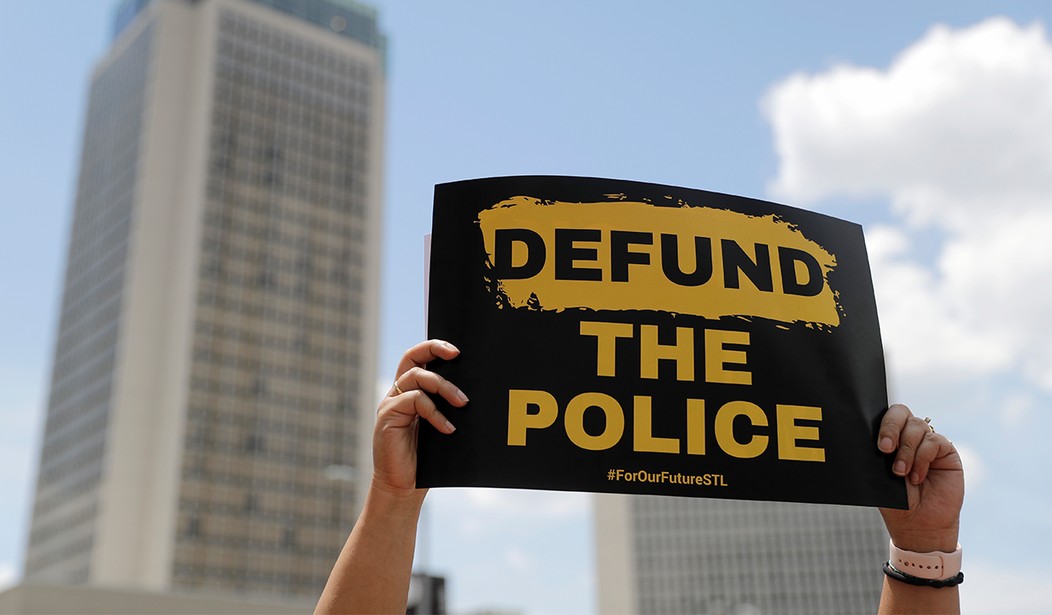


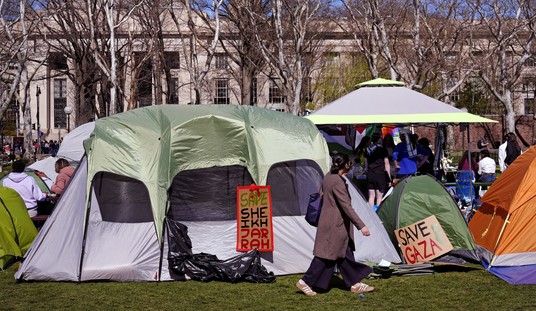
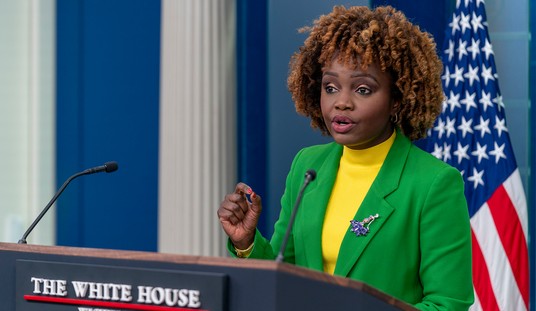
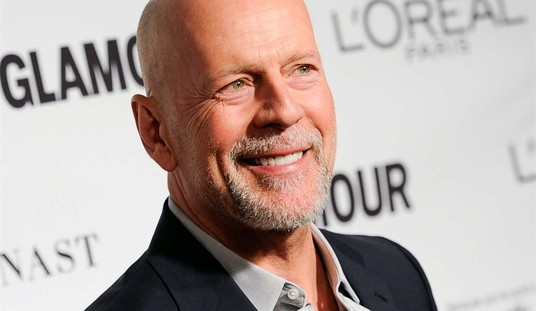

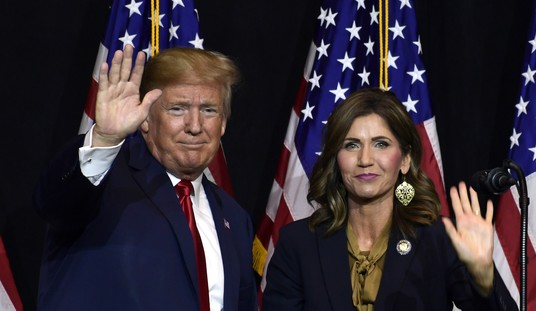

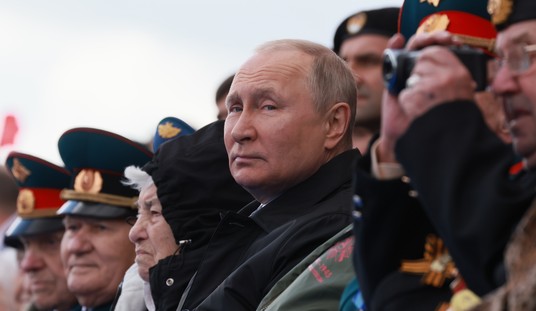
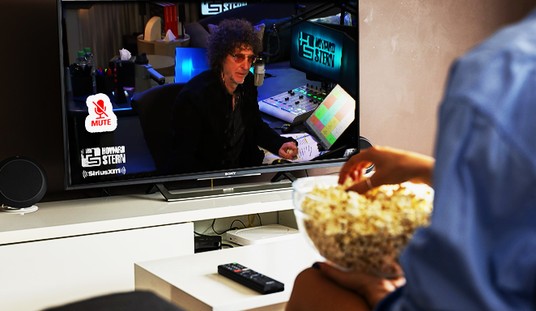


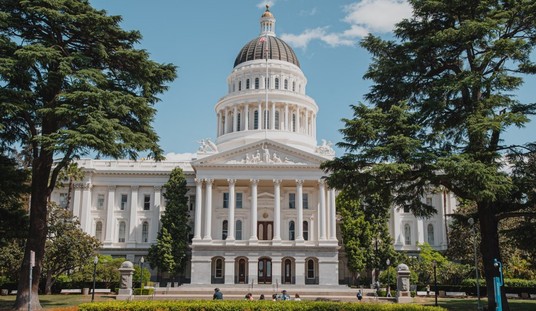
Join the conversation as a VIP Member